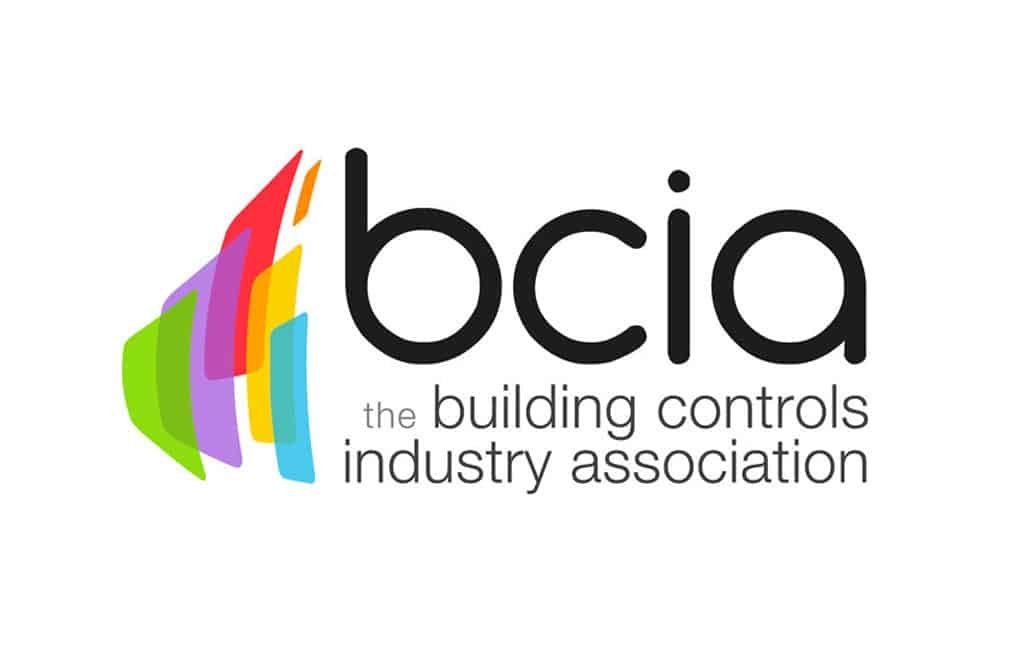President’s Blog: Shining the spotlight on the future of BEMS
The Smart Buildings Show is always one I add to my diary as soon as the dates are revealed. There’s a real buzz when you walk onto the exhibition floor, full of the building energy management systems (BEMS) sector’s industry leaders and decision makers – all keen to experience the new innovations and discuss the challenges and opportunities of tomorrow.
This year’s event was no different, and the BCIA and its Young Engineers Network (YEN) had the pleasure of hosting two thought-provoking and discussion-generating panel debates.
I chaired what was an incredibly insightful and engaging panel debate on unlocking the benefits of high-performing buildings. The three panellists, Ciaran Kelly – Associate Director at Building Intelligence, Matthew Marson – Managing Director at JLL, and Neil Fright – CEO at Carbon Numbers, gave some fascinating insights and opinions on the state of the industry and the opportunities facing facilities managers.
This came just before the association released its latest technical white paper, entitled ‘Comfort, Efficiency and Health: the Untapped Potential of Building Energy Management Systems for a Net Zero Future’.
A significant part of the panel debate therefore focused on the white paper and its recommendations, particularly on the need for the alignment of regulations, technology and skills to elevate building controls within the UK’s digitisation and sustainability agendas.
With that in mind, discussions turned to people and how buildings need to focus on the end users and how they will interact with the building. Of course, with there often being differing demands and requirements, planning ahead and involving the end users in the initial building design and implementation of BEMS is absolutely imperative.
Similarly, the debate also highlighted that while AI may have a place in smart buildings in the years to come, this technology won’t be effective without a commitment to understanding end users.
The panel participants were also keen to stress the importance of collaboration and increasing knowledge and understanding of the role building controls will play in unlocking the full
potential of smart buildings. While BEMS offers incredible energy efficiency and occupant wellbeing benefits, these innovative systems are still somewhat underutilised across the built environment. Increasing awareness and understanding of the role of building controls, and the opportunities they provide, is therefore absolutely essential.
Ultimately, what the white paper and the panel debate underline is that humans must be considered at every possible stage if we, as an industry, are going to drive the built environment’s decarbonisation journey.
The young engineers of tomorrow were also represented at the Smart Buildings Show, with the YEN hosting its own panel on the Thursday.
Vice Chair of the YEN, Stan Thomas, was joined by Chris Edgington – Associate Director at Arup, Dawn Helsby – Early Careers Development Lead at Schneider Electric, Alan Williamson – Building Services Package Manager at Multiplex Construction Europe, and Zoe Dickson – Project Sales Engineer at SSE Energy Solutions.
The panel discussed how intergenerational collaboration, smart technologies and inclusive design can create workplaces that are more human as well as more sustainable.
In what was a hugely engaged panel debate, the need for wellbeing to be accounted for during building design was particularly highlighted, with breakout spaces, inclusivity and inspirational environments all deemed hugely important.
Demonstrating that workplaces of the future won’t just be smarter but more human and more connected, the discussion underscored just how smart building technologies can truly enhance productivity, comfort and sustainability.
With the need to build workplaces that feel adaptable, collaborative and purposeful for all, the panellists also took time to understand the early-career perspective and truly acknowledge what young professionals value in workplace culture.
Of course, with so many industry leaders and decision makers in attendance, there was also a superb opportunity for them to come together to network and collaborate. Indeed, our CEO Networking event enabled, our members to have insightful discussions on the key issues, challenges and opportunities facing the BEMS industry.
At such a pivotal time for the BEMS sector, and the built environment as a whole, having the opportunity to lead panel discussions and debates on how we can all unlock building controls’ potential was something everyone at the BCIA and the YEN took incredibly seriously.
Shining a spotlight on the immense benefits of building controls and automation through these thought-provoking debates – not to mention the release of the association’s technical white paper – is undoubtedly improving knowledge and understanding both inside and outside the industry. However, the BCIA isn’t just stopping there.
Over the coming months, the BCIA will be looking to work with policy makers and industry leaders to further increase awareness and drive the sector forward to ensure a brighter and greener future for the built environment.
